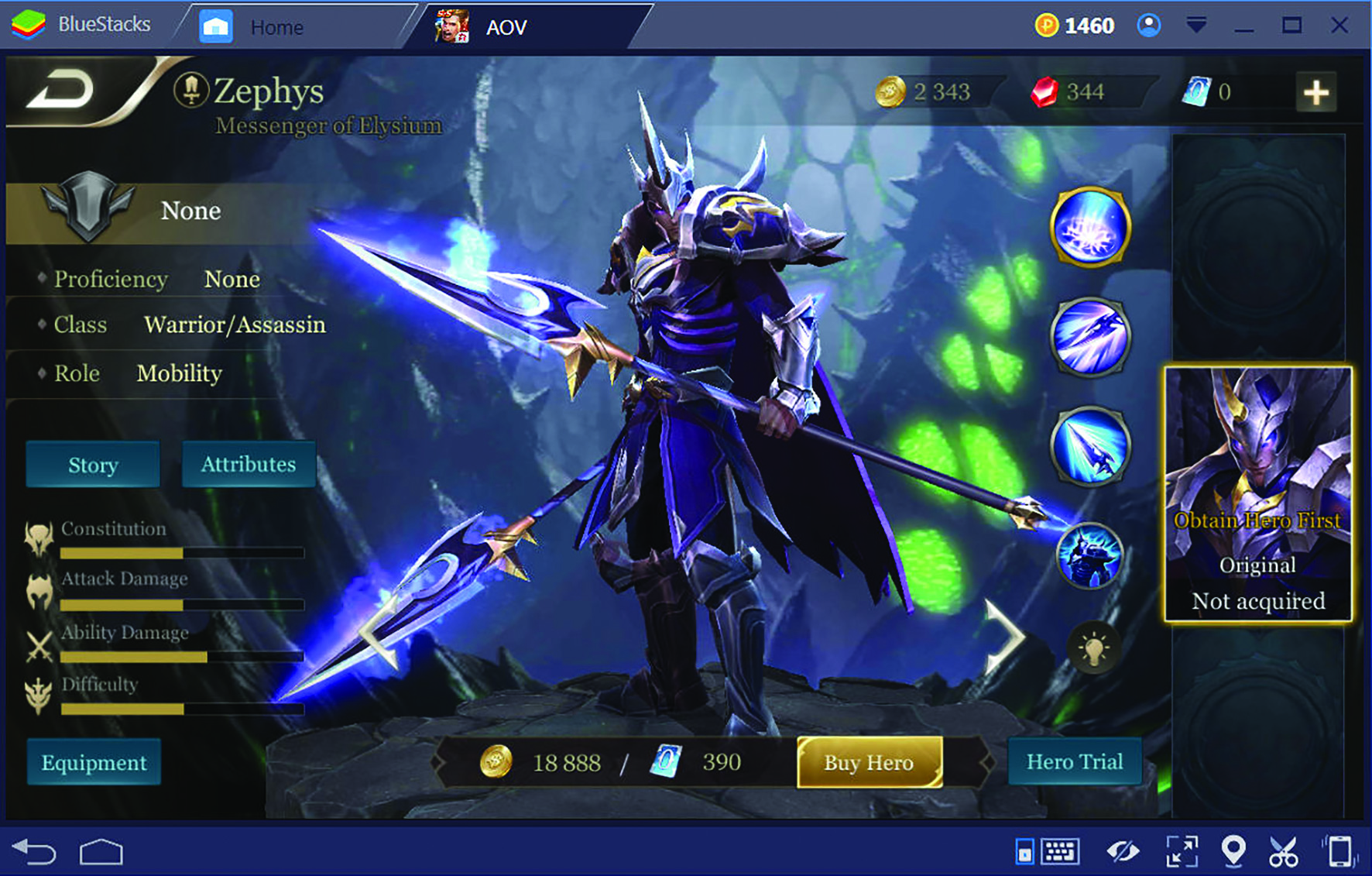Melbourne International Games Week (MIGW), always the nucleus of the Australian videogames calendar, had a noticeably distinct flavour in 2019.
Established by the Victorian Government, MIGW runs in October and usually sees a convergence of developers, industry, press and players at various coordinated and semi-coordinated events across Melbourne. People take in the state of the industry, try to get traction for their own projects, socialise and gossip – much like any other industry gathering. Creative Victoria claims that 60,000 people attend each year, the majority of whom are to be found at the Penny Arcade Expo (usually referred to as ‘PAX’), the single largest segment of MIGW and the only one aimed squarely at the public.
Though PAX Australia has existed since 2013, and MIGW, as a branded, yearly event, only since 2015, last year’s instalment felt different, both positively and negatively.
Maybe it was the pall held over the games industry since a brief bout of #MeToo revelations worldwide dating back to August. For many years, it seemed unlikely that anything resembling #MeToo would ever happen in the games sector. The events of Gamergate unfolded in 2014 and seemed to make it clear that women and minorities speaking out would receive limited to no support from the industry or its representatives. Ground was given to loud, misogynistic voices, and battlelines were drawn.
So it was almost to the industry’s astonishment that, in August 2019, almost five years to the day since Gamergate began, a rapid cascade of testimonies came forth, naming and shaming some high-profile abusers within the games sector. Open secrets now became matters of public record. For a brief moment, it looked like real traction would be made – and, indeed, an airing was had on at least a rudimentary scale.
That ended when one prominent game developer, accused of abuse and harassment, was found dead days after allegations were raised against him. Shock once again took the games industry: not just at the fact that these figures could have been accused of such heinous acts, but also because, somehow, this as a flashpoint might reignite the days at the height of Gamergate when women were systematically harassed and excluded.
This was just one context for MIGW in 2019. What had been, in previous years, a rite of celebration for what seemed to perpetually be an underdog industry was now raw, bleak and pained.
Another context was the rapidly changing industry, both locally and internationally. It is now harder than ever to make a sustainable career in videogames, an industry reality that is quickly becoming more and more heavily entrenched. In 2018, for example, not one of the top ten highest-grossing mobile games globally was released that same year, while, on popular platform Steam, only three of the top twelve PC-playable games landed in the market in 2018. What both cases arguably point to is the slow burn of financial return for game-making.
It’s often said that the videogame industry is worth US$130 billion, but it’s less often noted that 44 per cent of that astronomical number is accounted for by just five companies. This is hardly the lean start-up paradise it is often advertised as. The industry is a corporate oligopoly, structured by ‘democratic’ open-distribution platforms.
The way the videogames landscape has been reshaped in the decade following the global financial crisis was the topic of Brendan Keogh’s closing keynote at MIGW’s industry conference, Game Connect Asia Pacific (GCAP). Keogh is a researcher at Queensland University of Technology and has been working on a large-scale research project to chart Australia’s industry. So far, he’s interviewed almost 200 Australian game developers – which represents a significant cross-section of the entire national industry (which the Australian Bureau of Statistics put at 734 people in 2016, though it has likely grown since).
No-one is better placed than Keogh to assess the fortunes of Australia’s videogames sector. His assessment was, therefore, in many ways, bleak. ‘No-one has any money,’ he said. ‘Nothing feels stable, and everyone is exhausted.’ Keogh pointed to thirty-five as a ‘cliff’ in the age range of his respondents: despite Australia’s games industry having existed since the 1980s, it’s still overwhelmingly dominated by twentysomethings. A game developer over the age of forty-five is an extreme rarity. Keogh also shared the responses he got to the question, ‘Where do you see yourself in five years?’ – of which one was the stark ‘Fucking no idea. No idea at all.’
Yet there is actually reason for genuine hope here. Keogh argued that a reassessment of how the industry works in Australia is in order. The traditional view has been to see it as something like a singular, massed industry of jobs and companies, structured by platforms and international investment. Instead, Keogh advocated for a quadripartite split: first, the tentpole companies, which have offices and hire people; second, the industry, which largely consists of small, two- to five-person companies; third, the scene, made up of solo developers, artists and collectives; and finally, the students, who, Keogh noted dryly, are ‘in for a rude shock’.
This stratification of the Australian games sector, far from being a sign of division and weakness, is a strength unseen anywhere else in the world. This is actually a broad base, and offers the foundations for what Keogh described as ‘a very different kind of game industry’. What in other nations can look like big companies competing for resources, work and employees in Australia looks more like resource-sharing. While big videogames industries like those in the US, Canada, the UK and Japan are dominated by top-down corporations, on local shores, we have a genuine chance for work to be driven by communities and collectives, and for solidarity to come from workers and not the needs of multinationals.
There is a basis here, argued Keogh, for fostering an industry that thinks about game developers – and not game companies – first. Despite all the pain and the uncertainty, this is a rare moment, a junction point for our industry. Australia’s videogames are for the making.





